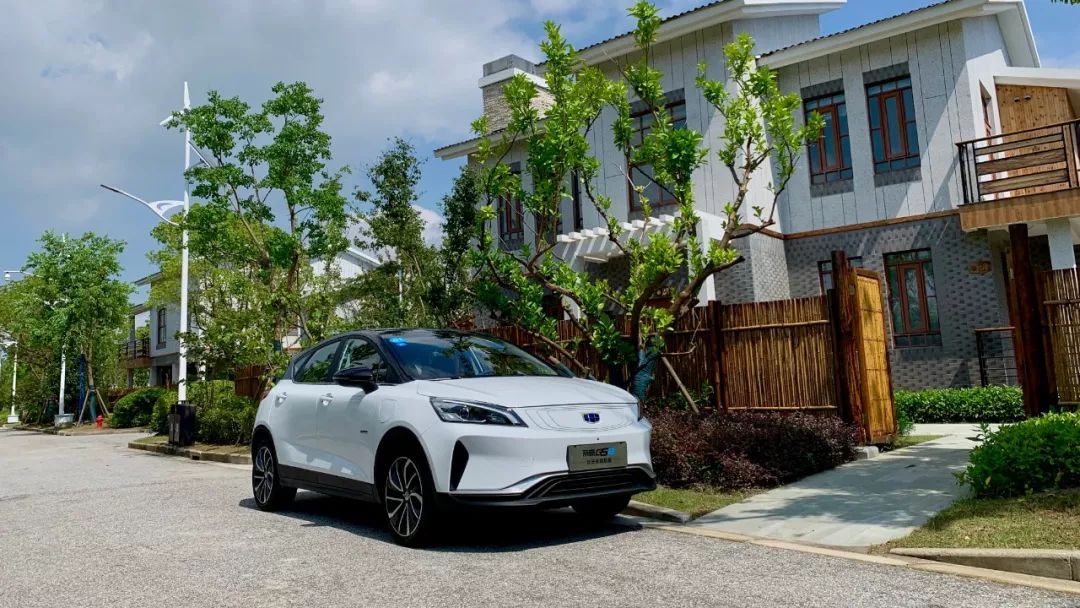When the charging speed and convenience have not reached the level of fuel vehicles, the overall endurance is definitely one of the core factors affecting consumers’ car purchasing decisions. The new forces of automobile manufacturers have cleverly seized this point and rushed to launch long-endurance models in the second half of this year, hoping to eliminate consumers’ range anxiety.
Obviously, it is difficult for the GSe old model with a NEDC endurance of 353 km to attract more attention from consumers. Fortunately, this problem did not last too long. On September 7th, we had the test drive of the GSe long-endurance version at Shanghai.
“Long long long” is not that we are exaggerating the endurance of GSe, but because Geely directly wrote “long long long” into the car name very arrogantly. However, endurance is indeed one of the core changes of this GSe upgrade.
The test drive model we experienced was the top-equipped version, the Geely GSe 600 Zunshang Edition. The Geely GSe series has a total of five models, with a price range from 119,800 yuan to 1,598,000 yuan.
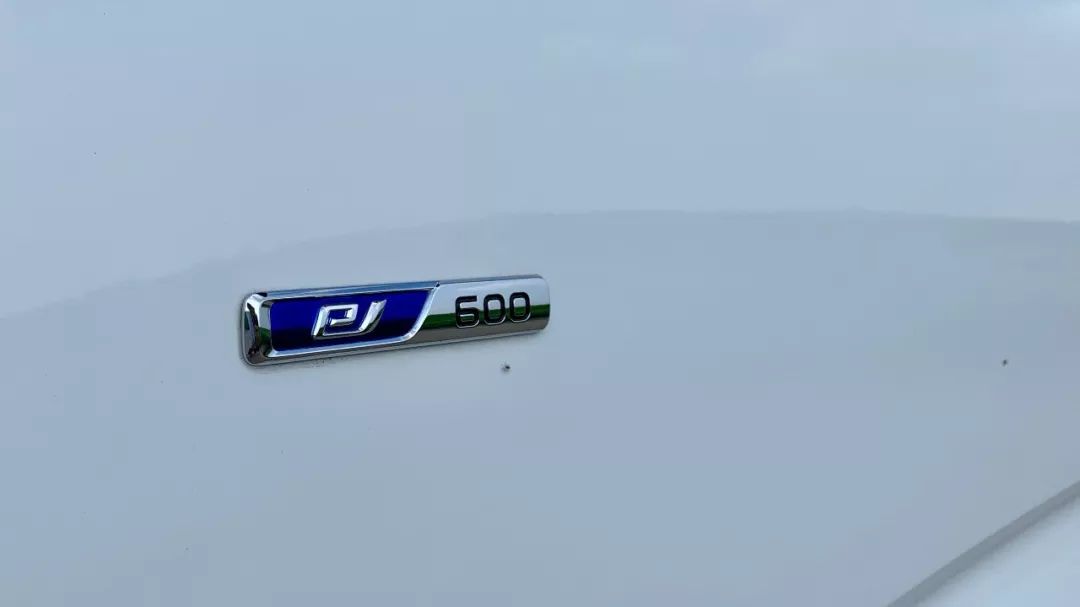
About Endurance and Driving
In 2019, there are two endurance versions of Geely GSe: 500 and 600, corresponding to NEDC endurance of 400 km and 450 km, respectively.
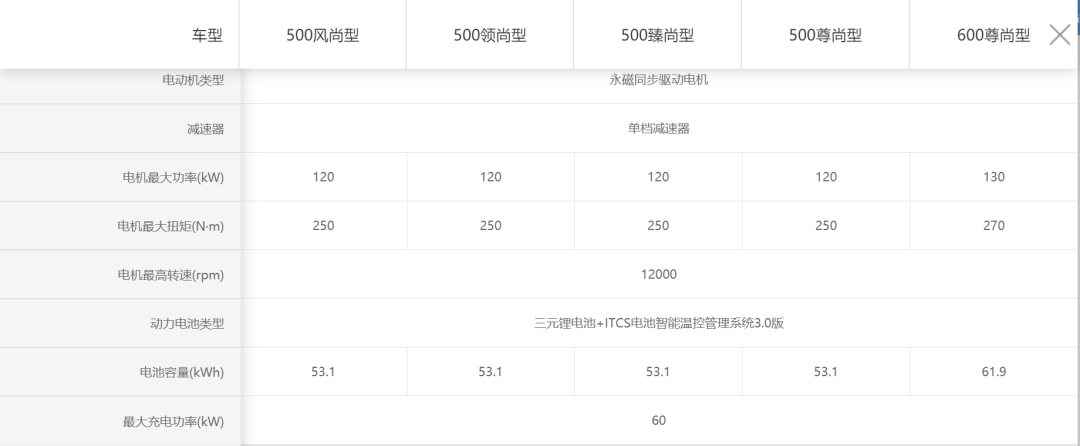
The NEDC 400 km vehicle has a battery capacity of 53.1 kWh, and the NEDC 450 km vehicle has a battery capacity of 61.9 kWh. The energy density of the battery of the NEDC endurance 450 km version has reached 182.44 Wh/kg, and it adopts the 811 NCM ternary lithium battery from Ningde era.
As for the endurance, due to time constraints, we did not conduct a complete endurance test on this car. After we get the long-term test car, we will also conduct a complete endurance test on the 2019 Geely GSe according to the 42Test standards.
Here’s a reference for everyone: when starting with an endurance of 421 km in the morning, after driving 190 km, the remaining displayed endurance is 199 km. That is, the displayed endurance decreased by 222 km after traveling 190 km, and the power loss ratio is 1:1.17. Roughly estimated, the actual endurance of this car can reach 403 km.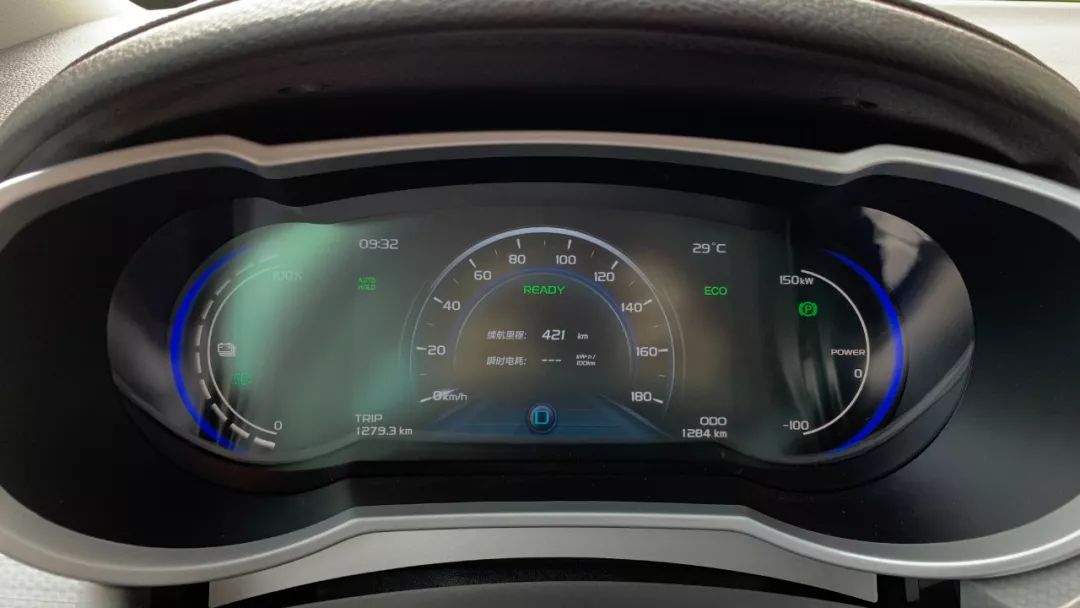
Considering the complex usage scenarios of our vehicles, including highways, loops, congested urban areas, and alternated driving by three people with alternating use of ECO and Sport modes, including intense driving, as well as long periods of parking with the air conditioning on for static filming, under such conditions, the power consumption ratio of GSe can achieve a 1:1.17 ratio, indicating good range performance.
In terms of driving experience, GSe demonstrates the accumulated experience of Geely in car manufacturing. It does not have any obvious weaknesses and is generally calibrated for home use and comfortable driving. Next, I will explain the driving experience of GSe in several points in detail.
In terms of power, the 600 model uses a permanent magnet synchronous motor with a maximum power of 130 kW and a maximum torque of 270 N·m, while the motor of the 500 model is slightly smaller, with a maximum power of 120 kW and a maximum torque of 250 N·m. The official 0-100 km/h acceleration time for both models is 9.9 seconds.
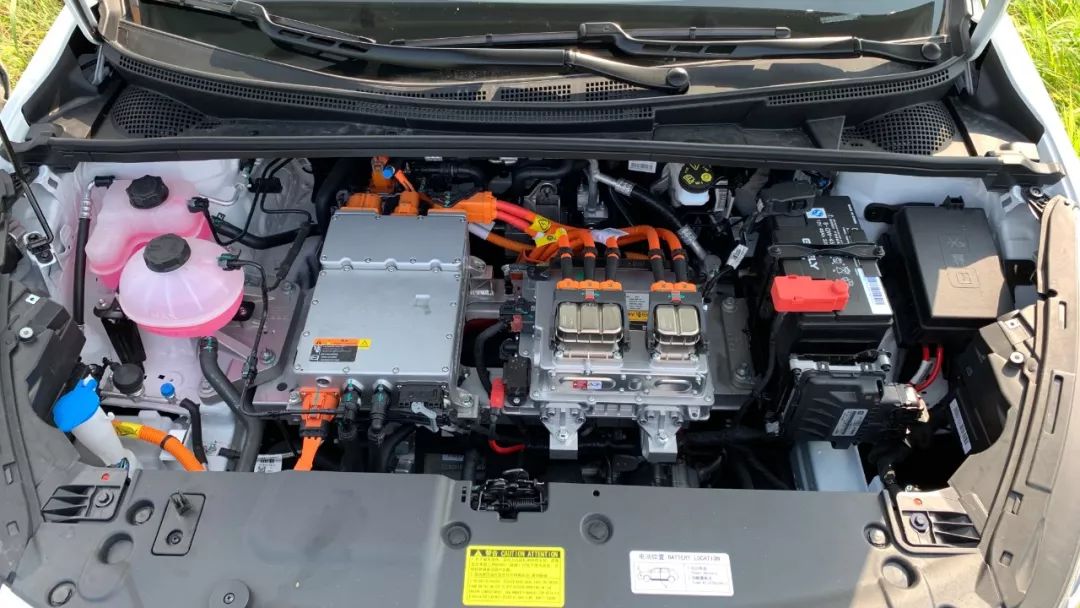
As we drove the 600 model during this test drive, the experience only represents the performance of the 600 model.
GSe has two driving modes, ECO and Sport. The power release in both modes is very linear, but there is a significant difference in performance. In ECO mode, GSe’s start-up and acceleration are both very gentle, and even if you press the accelerator pedal deeply, the speed increase is very slow, and there is no significant feeling during normal driving. However, when accelerating to overtake, it may feel a bit weak. This calibration is very friendly to the range.
In Sport mode, the power response is much faster, and the performance is much stronger. It can meet the needs of some users who demand higher power. However, I also hope to have a standard mode of balancing range and performance, where the output of the accelerator pedal in the early stage can be softer, and the power release can be more abundant when the pedal is pressed deeply.
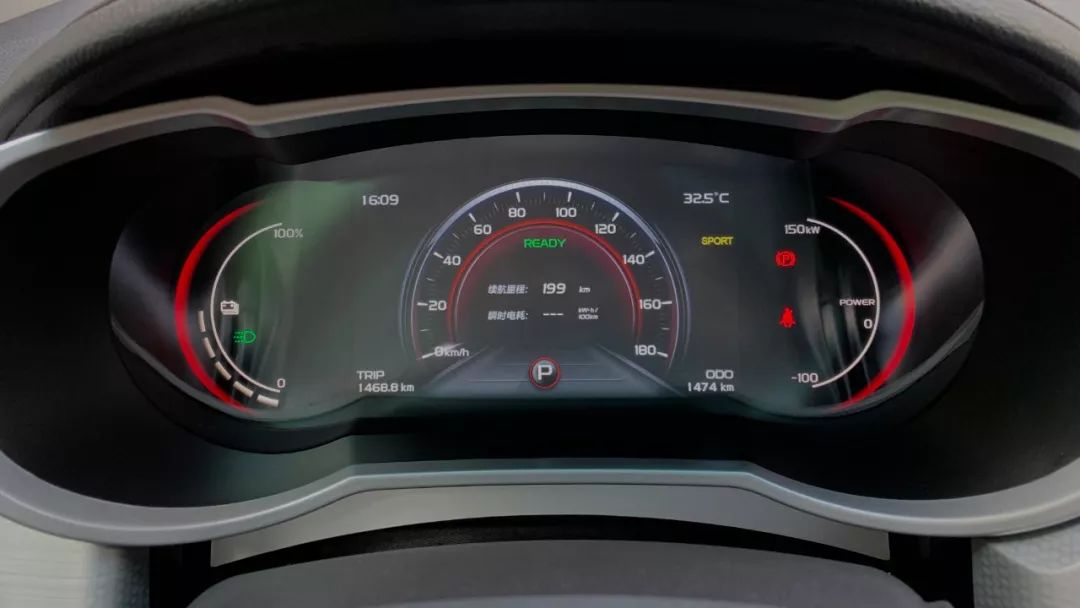
Regarding braking, we will discuss energy recovery first.
GSe’s energy recovery has three adjustable levels of weak, medium, and strong, and the difference between the three levels is very obvious according to the power of energy recovery displayed on the instrument panel.The power of full power kinetic energy recovery in “weak” mode is about 20 kW, and there is no obvious drag feeling when releasing the throttle pedal, which is suitable for friends who are not used to using kinetic energy recovery.
The power of full power kinetic energy recovery in “medium” mode is about 50 kW, and there is some drag feeling when releasing the throttle pedal.
The power of full power kinetic energy recovery in “strong” mode can reach about 78 kW, and there is a clear drag feeling when releasing the throttle pedal, which can achieve single pedal operation logic.
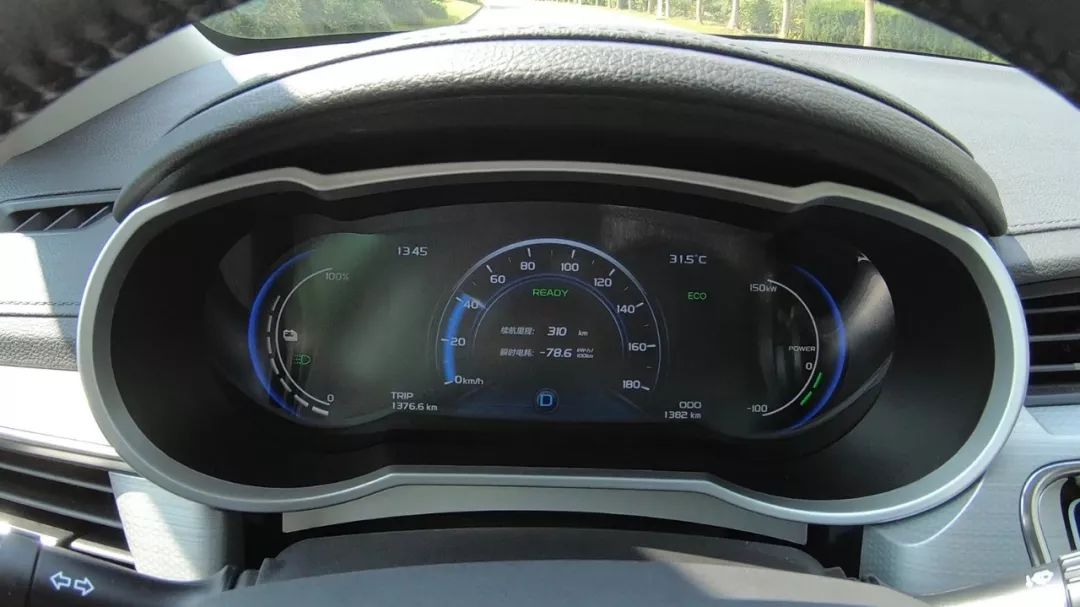
However, the strength of kinetic energy recovery intervention is not linear enough with the degree of throttle opening, and the front-end force is relatively weak, with most of the braking force concentrated in the rear end, that is, the place where the throttle is lifted quickly. Therefore, the requirement for precise control of the release of electric braking on the feet and ankles is relatively high. It is recommended that everyone keep the kinetic energy recovery in the “weak” state. Of course, there is no need to worry about the overall power consumption increase after the kinetic energy recovery is turned off. The brake pedal of GSe is also related to kinetic energy recovery.
After integrating kinetic energy recovery into the brake pedal, friends who are not used to single pedal operation can also convert the deceleration kinetic energy into electrical energy and store it in the battery during daily driving.
Although the GSe brake pedal integrates kinetic energy recovery, the integration is not thorough enough. When kinetic energy recovery is in the “weak” state and the vehicle speed is higher than about 30 km/h, light braking will lead to full power intervention of electric braking with a recovery power of about 80 kW. This deceleration is relatively large. If the braking force of kinetic energy recovery can be evenly distributed on the brake pedal, the driving experience will be better.
The overall foot feel of the brake is slightly hard at the front end, but there is no problem with the foot feel at the rear end after breaking through. Moreover, with the increase of stepping force, the release of the mechanical braking force is also very even.
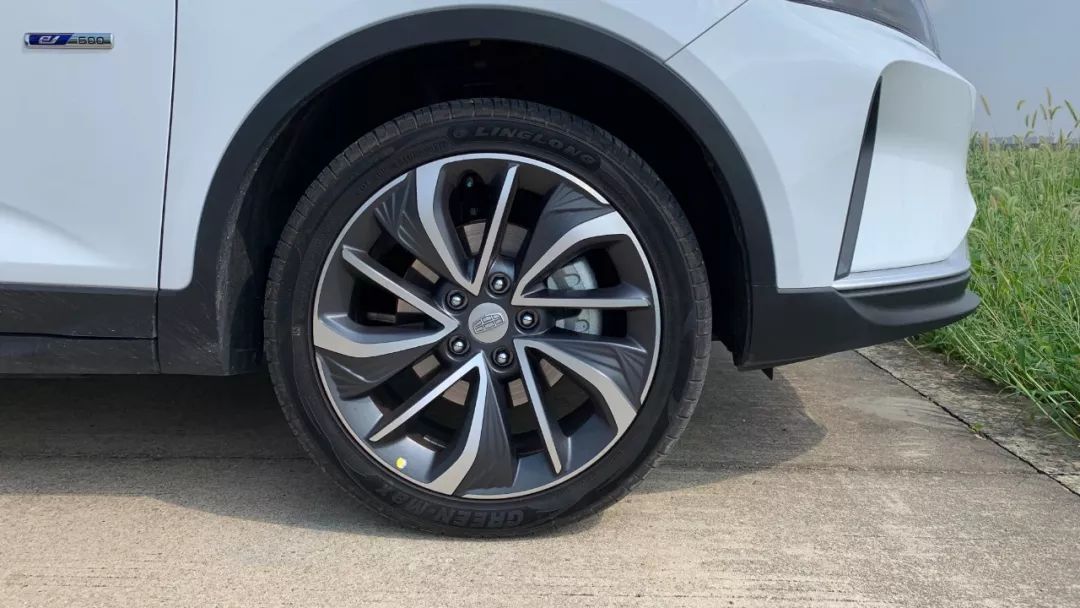
In terms of steering, there is no problem with the performance of GSe. It is lighter in ECO mode and suitable for daily driving. The speed and strength of returning to the normal direction are very appropriate. The steering damping in Sport mode is slightly heavier, and the sports style is stronger.
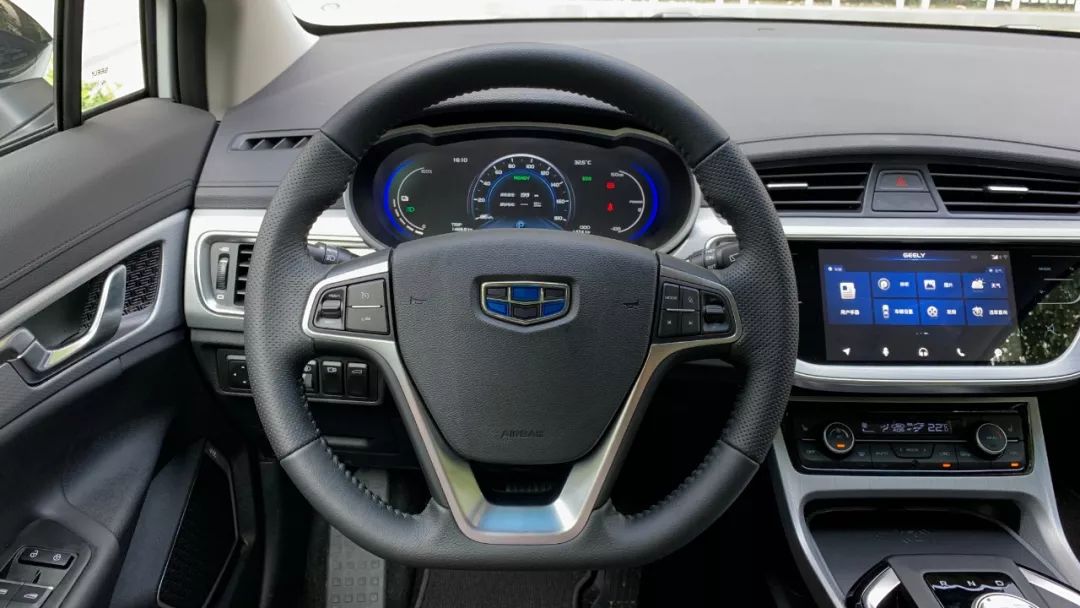 Regarding the chassis, the front suspension of the GSe adopts MacPherson independent suspension, and the rear suspension is a non-independent torsion beam suspension. It is quite effective in absorbing shocks on bumpy roads and does not produce extra body sway when encountering larger bumps.
Regarding the chassis, the front suspension of the GSe adopts MacPherson independent suspension, and the rear suspension is a non-independent torsion beam suspension. It is quite effective in absorbing shocks on bumpy roads and does not produce extra body sway when encountering larger bumps.
Moreover, the GSe has done a great job in noise control. It is difficult to detect the noise generated by the motor, whether driving at low or high speeds, and only some wind noise enters the cabin when the vehicle speed increases.
Overall, the driving performance of the Geely Emgrand GSe is good, which is consistent with its positioning as a family car. However, the brake feel and the calibration of energy recovery could still be improved to be more delicate.
About Space and Configuration
After reviewing the dynamic part, let’s take a look at the static part.
Compared to the 2018 model, the appearance of the 2019 GSe has not changed much.
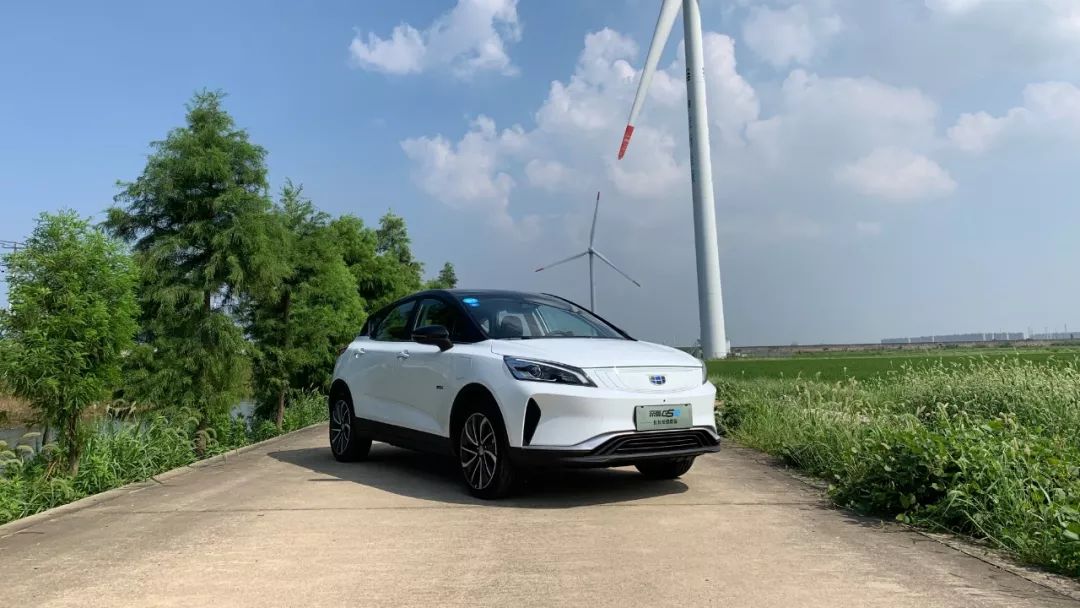
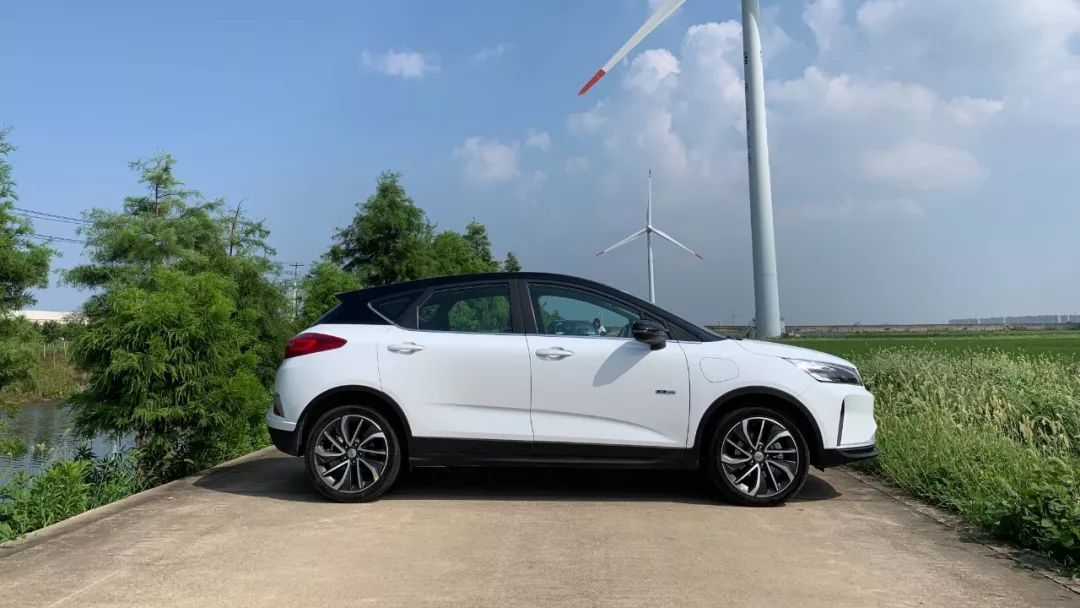

The fully enclosed front face adopts the Geely EV family’s exclusive ripple style. The guide trough under the headlights is not just decoration, it can effectively reduce the turbulence on the side of the wheel during high-speed driving. The GSe’s overall aerodynamic coefficient is 0.34 Cd.
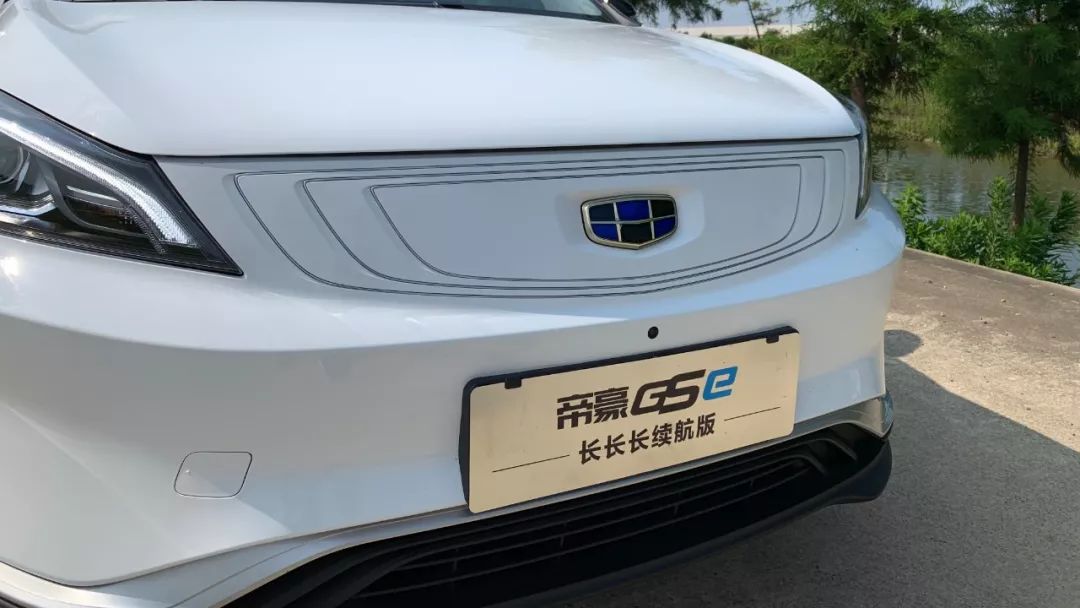

Our car is equipped with optional black and white dual-color paint, a unique color for the 2019 model that matches the optional 18-inch wheels, and the side profile is very young and stylish.
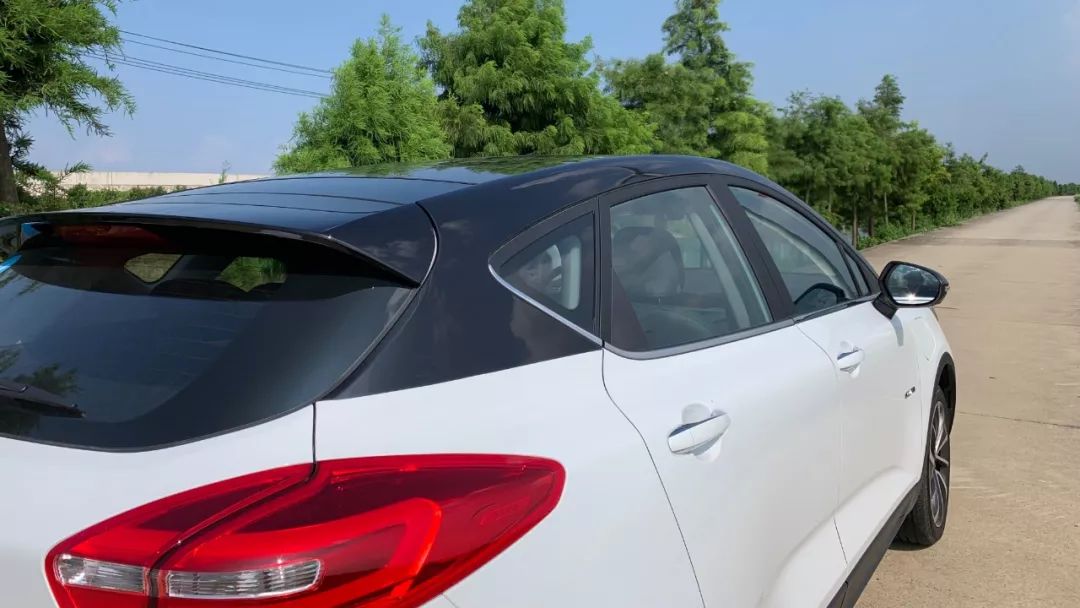
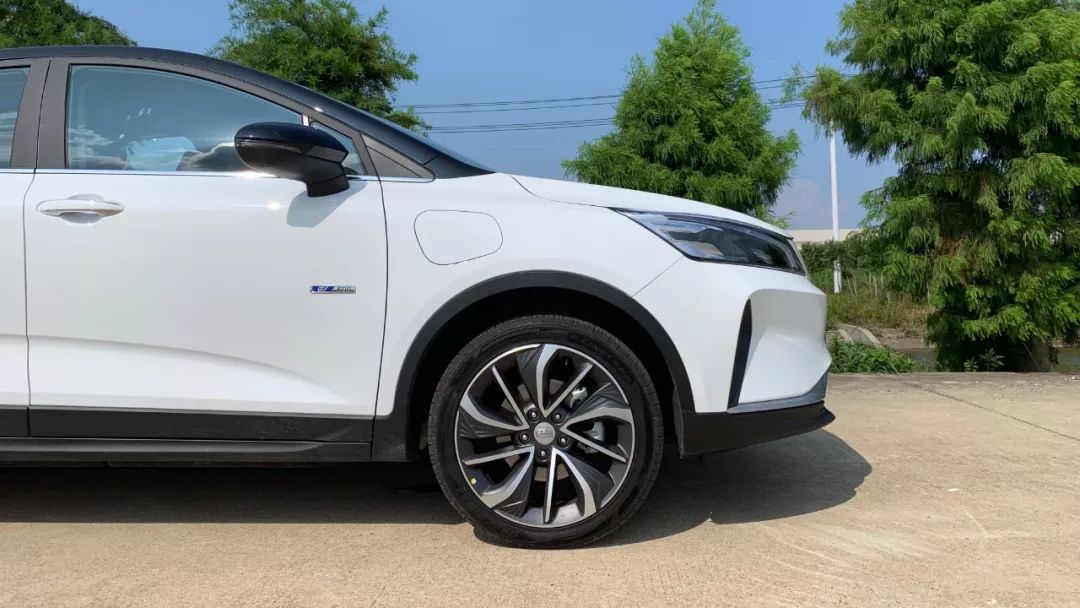
It is worth mentioning that the quick charging port of GSe is located on the left rear of the car, which is more convenient for reversing into a parking space in crowded parking lots than head-first parking models.
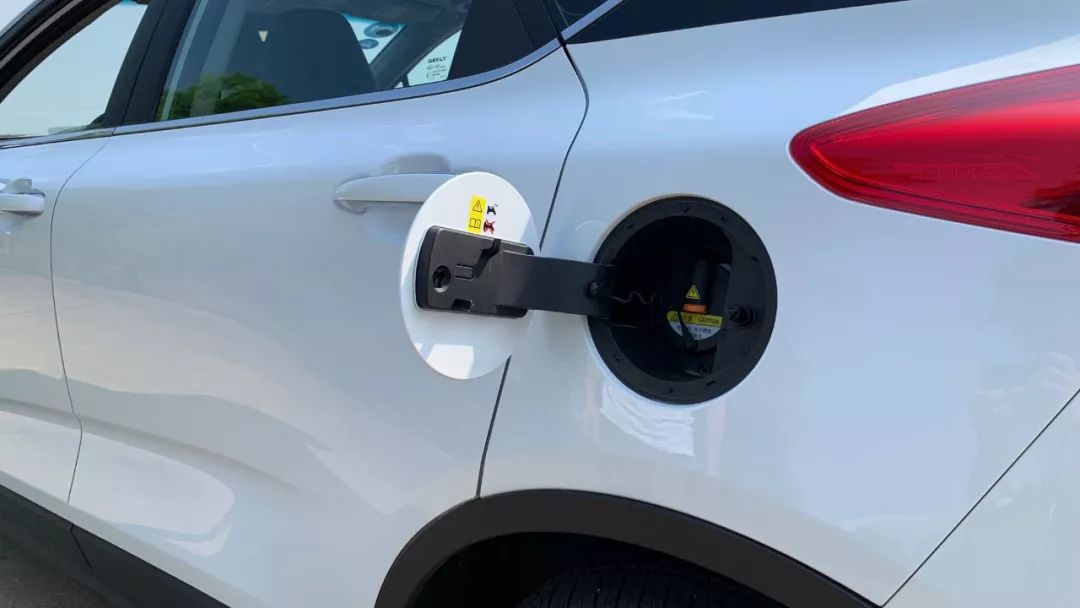
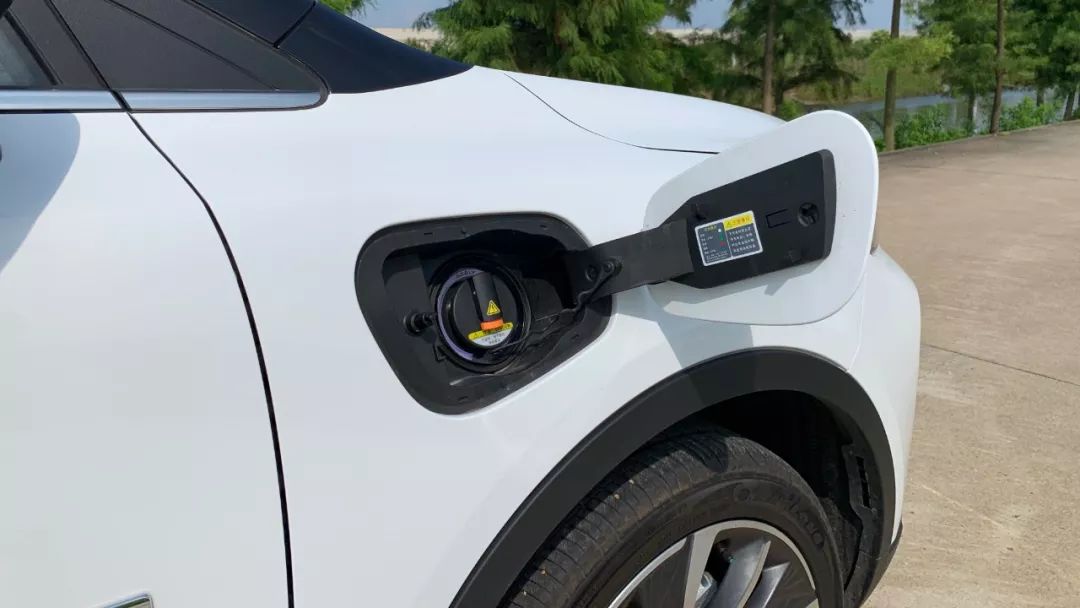
In terms of body size, GSe has a length, width and height of 444018331560 mm, and a wheelbase of 2700 mm. Compared with cars of the same level, GSe’s wheelbase is relatively long. Although it is not based on a pure electric platform, it still gives a feeling of four-wheel drive. In addition to accommodating a larger battery pack, the long wheelbase also has some advantages in terms of space.
In terms of interior design, GSe continues the traditional Chinese style of Geely, without overly exaggerated screens, while retaining physical control buttons for air conditioning and the center console. From GSe’s positioning, these are what the target audience can accept best. There is no need to be too radical, practical and easy to use is enough. At the same time, GSe also has some likable breakthroughs, such as two full LCD instrument panels.
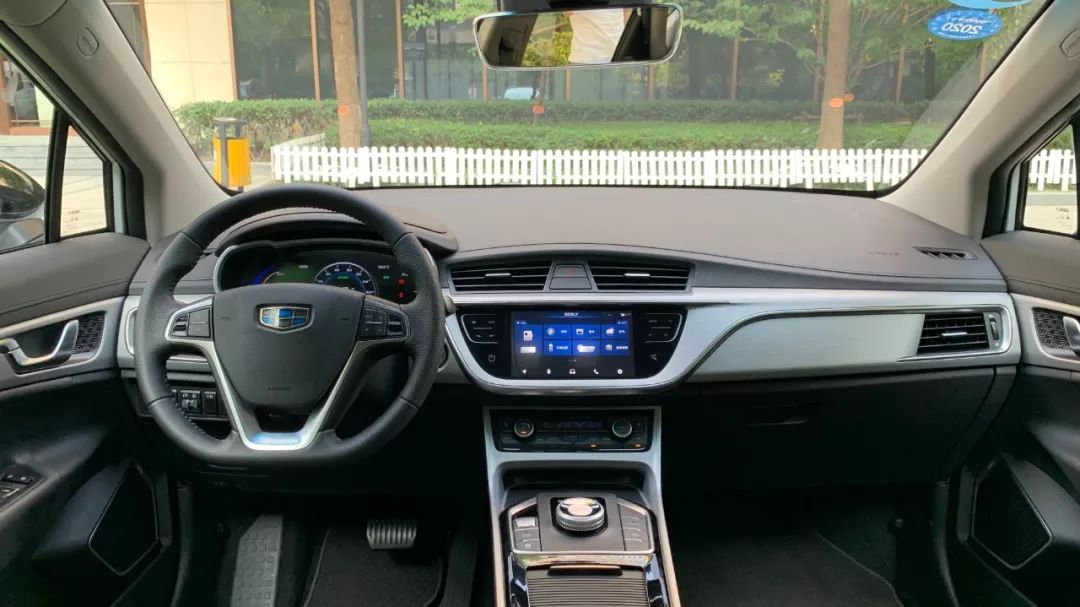
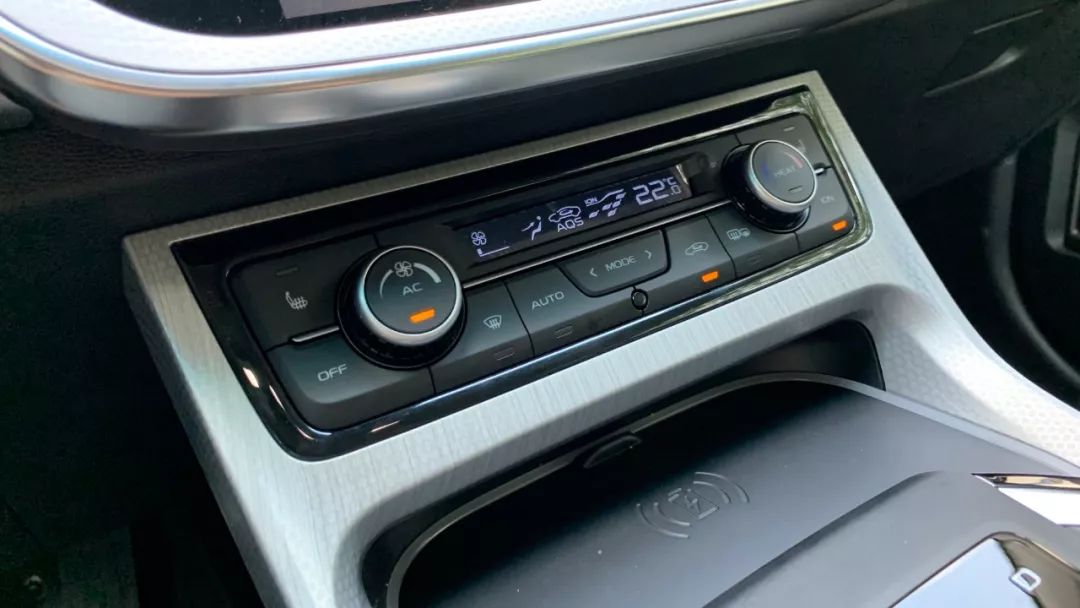
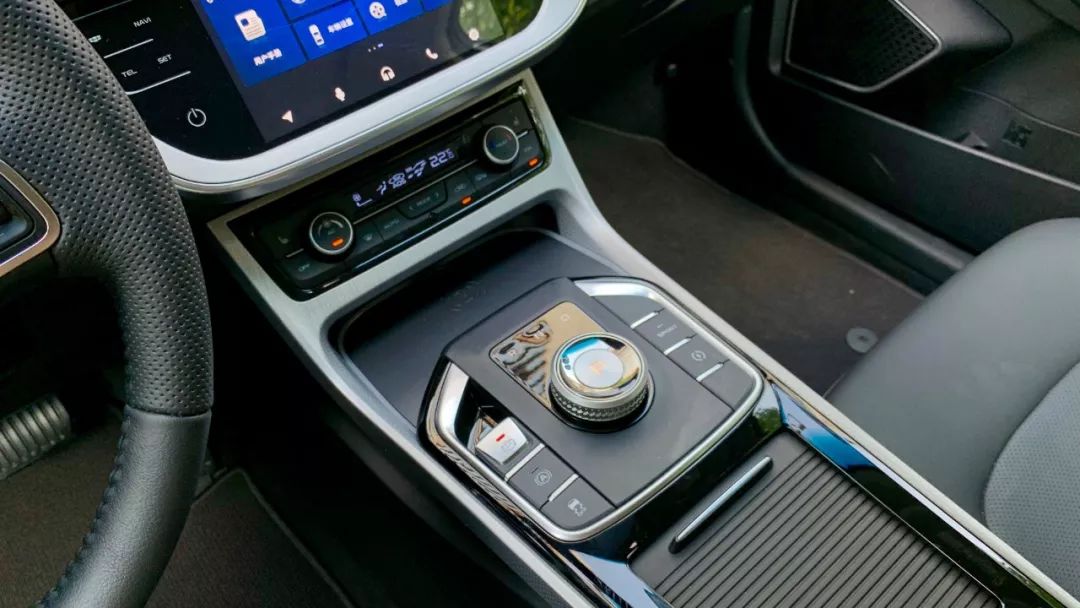
The size of the GSe’s central control screen is 8 inches, which is not large in size, but it has enough functions. If you are not used to using the functions in the car, G-Netlink not only supports Apple’s Carplay, but also supports Baidu’s Carlife.
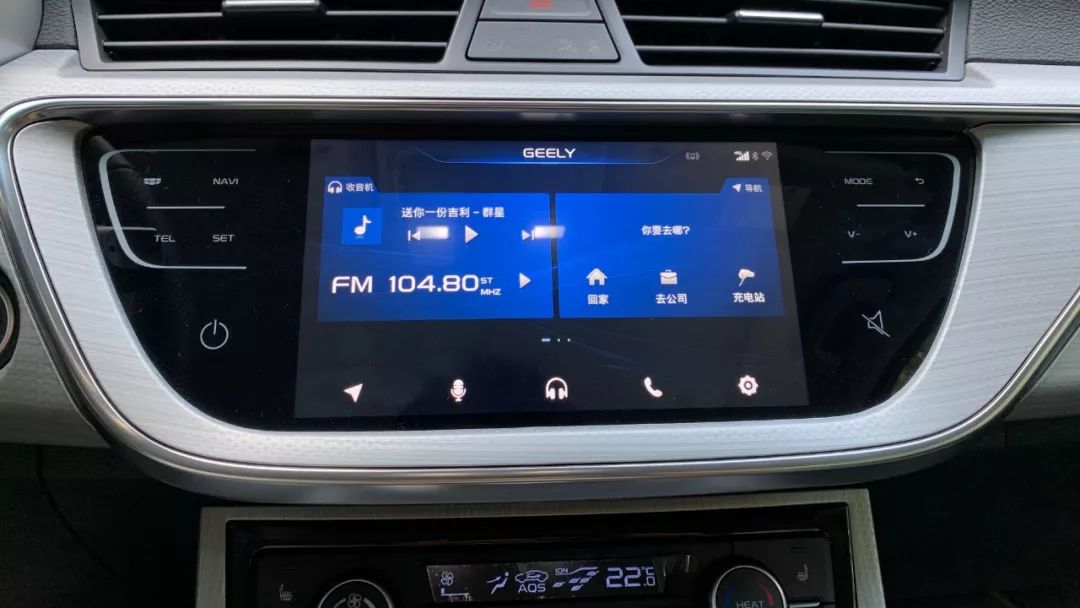
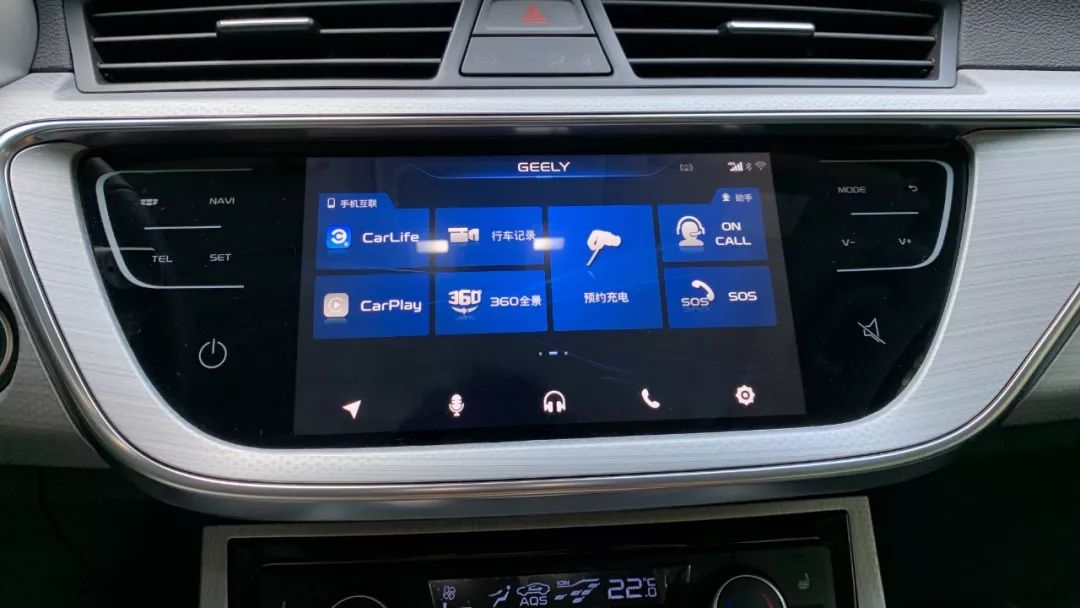
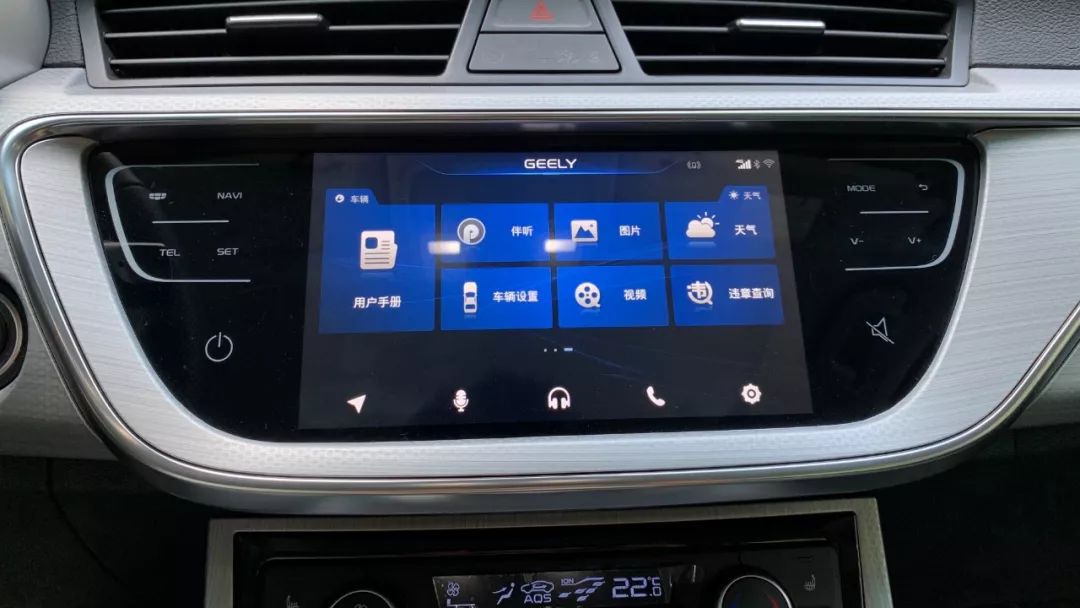
G-Netlink is equipped with the car version of Gaode Map and Geely’s self-developed music system “Banting”, which can meet the basic needs of navigation and music listening during driving, but there is still room for improvement in the logic of song searching and recommended playlists for “Banting”.
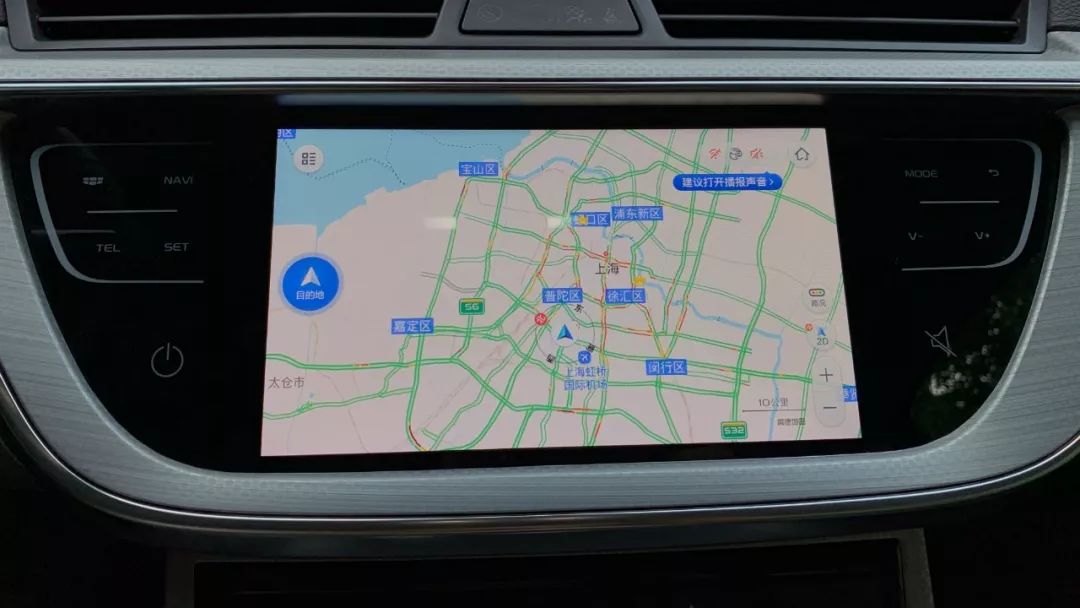

The high-end GSe model is equipped with a full LCD instrument panel with a screen size of 7 inches. The displayed content is clear enough and the information is rich enough, but if multimedia or remaining mileage information is displayed in the center of the screen, the driver cannot directly see the accurate vehicle speed information, which is not very reasonable.
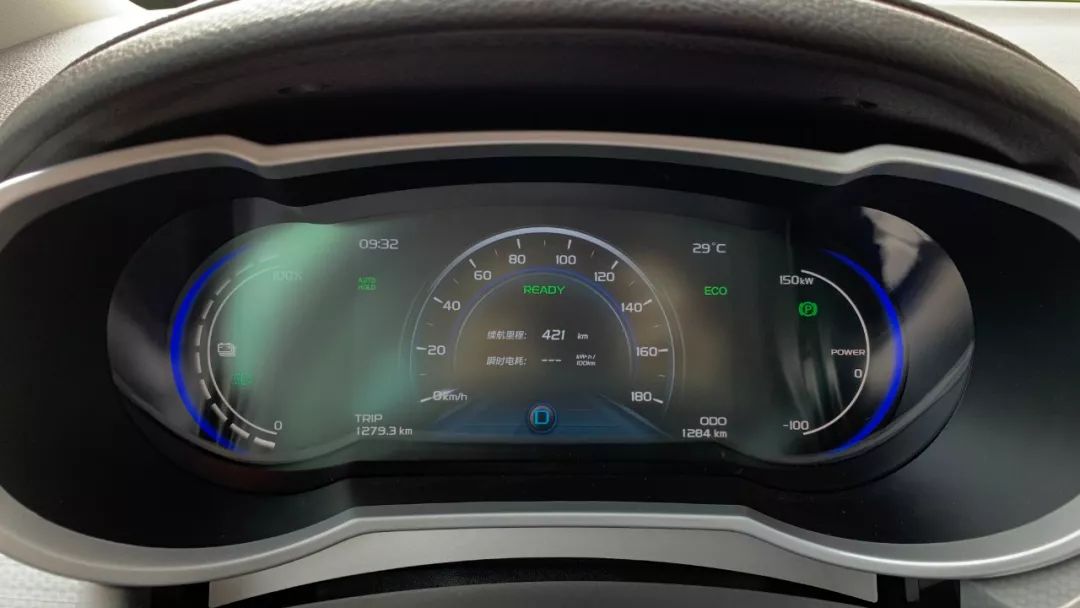
In terms of seating, the leather of the GSe seats feels very delicate, but the filling inside the seats is slightly hard. The space in the front and rear rows is not a problem. The floor in the rear row is almost flat, and with the panoramic roof of 1.52 square meters, there is no sense of oppression.
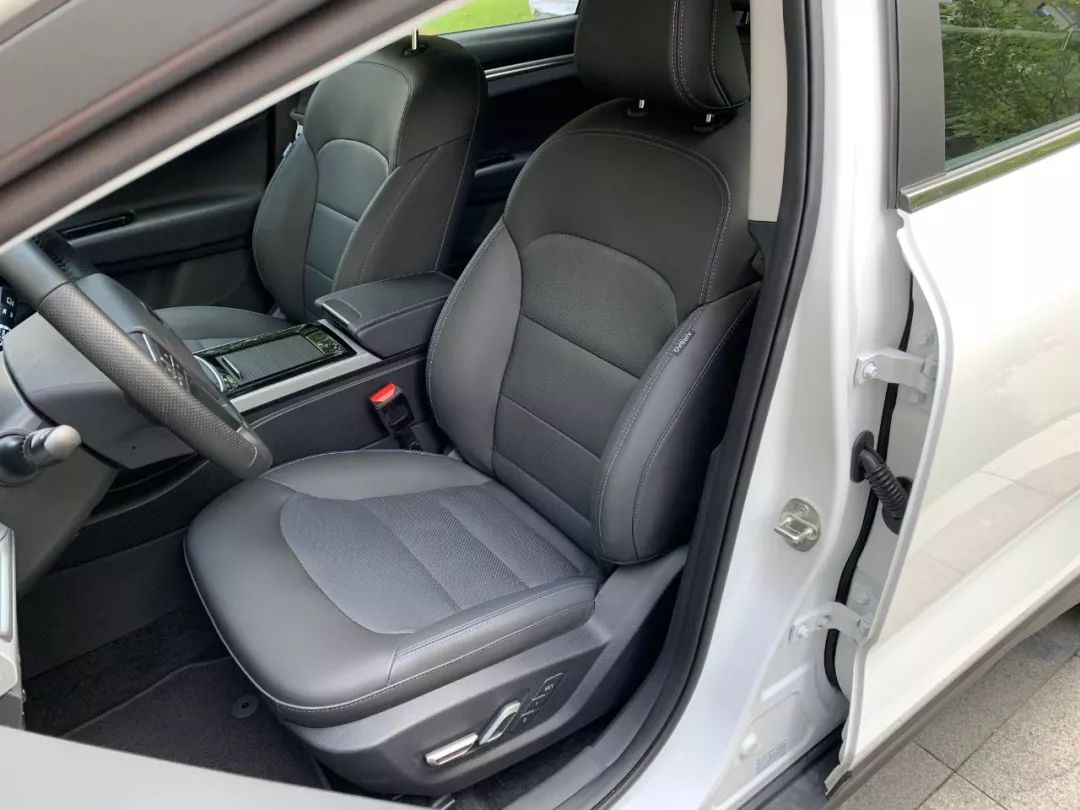
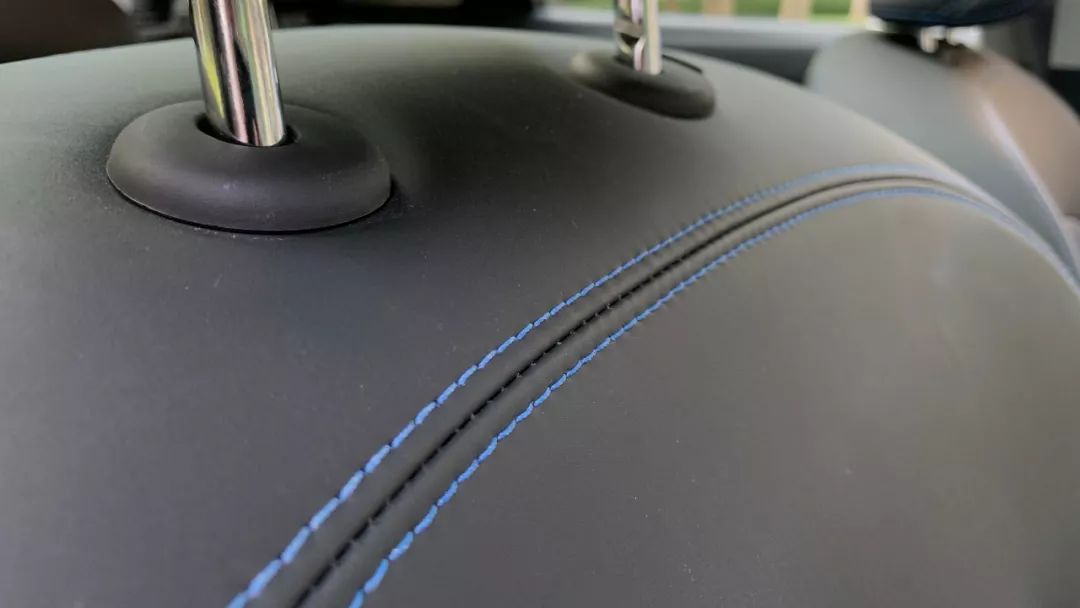
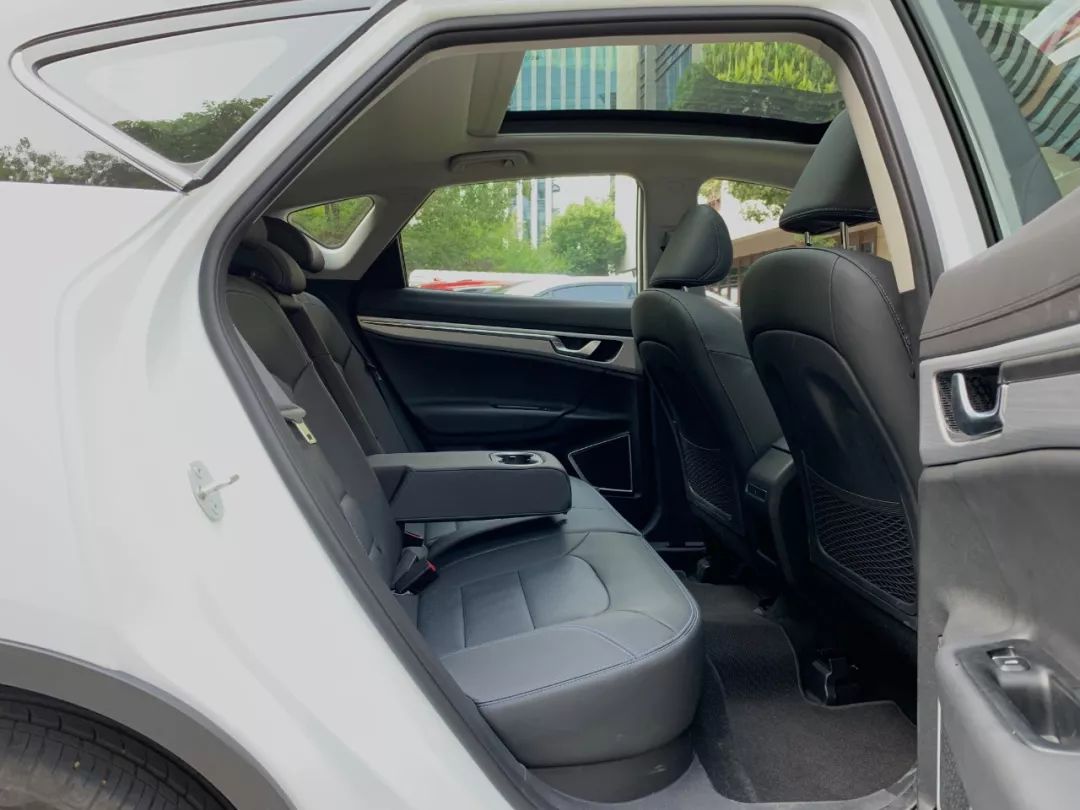
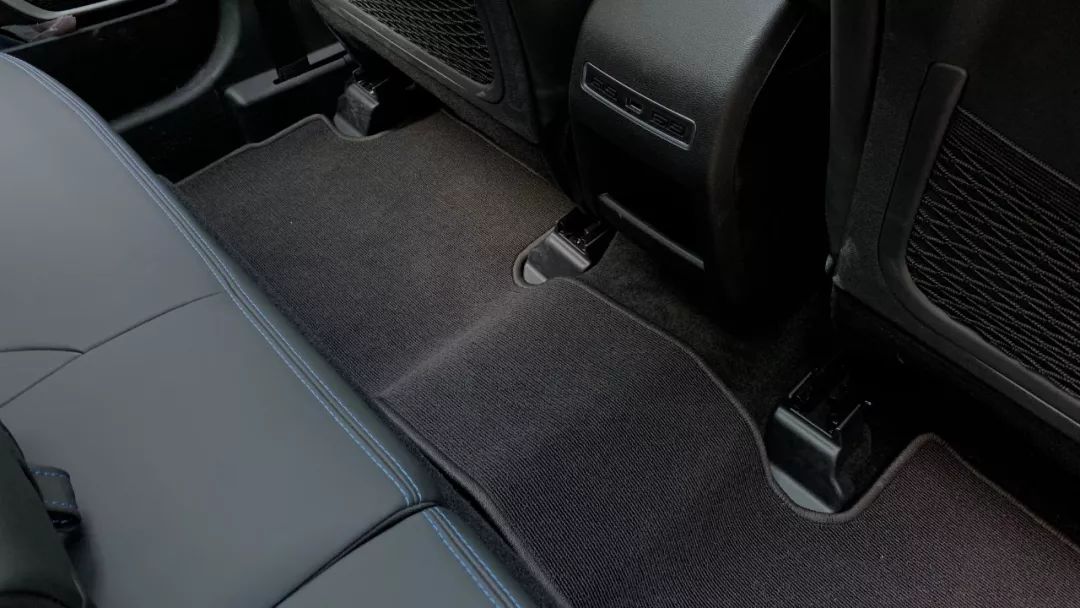
Regarding the issue of panoramic sunroof being exposed to the sun in summer, there is no need to worry. Unlike most models using a layer of mesh as a sunshade, the sunshade of GSe is very thick.

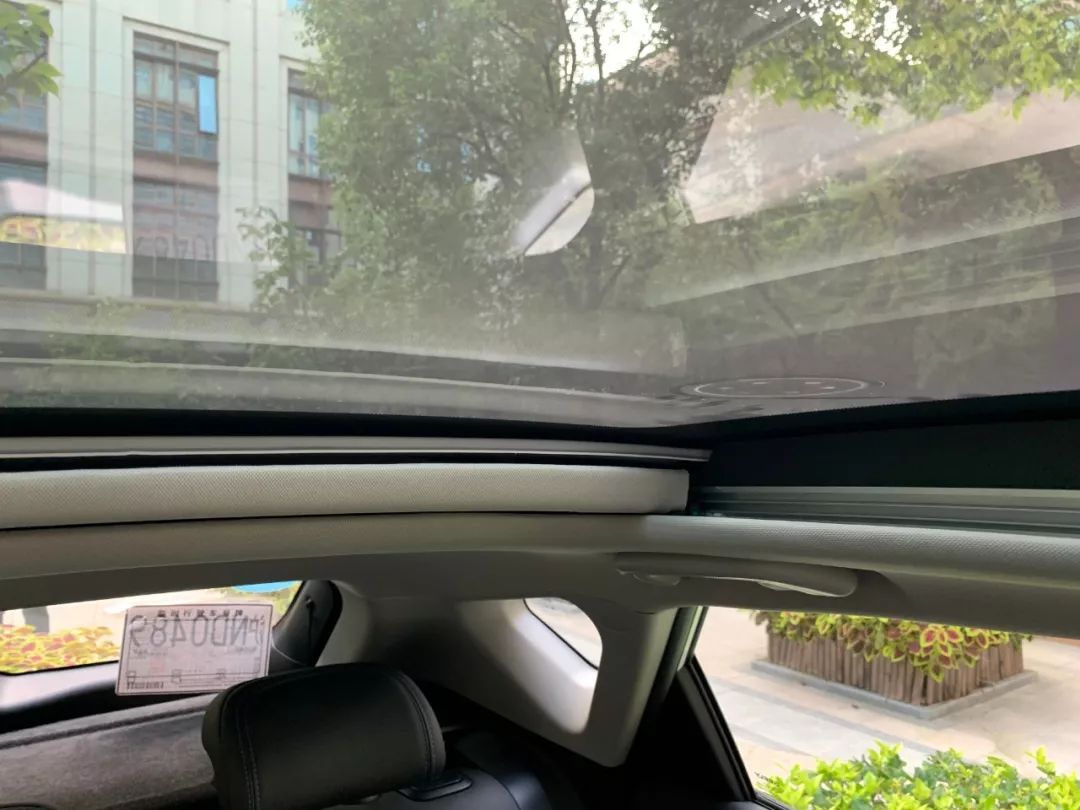
In terms of storage space, the storage compartment size on the four door panels of GSe is average. There is a place to put a phone on the center console, and it also supports wireless charging. It is very convenient to take the phone. The storage compartments in the rear and glove box are not large and are suitable for storing some small items.
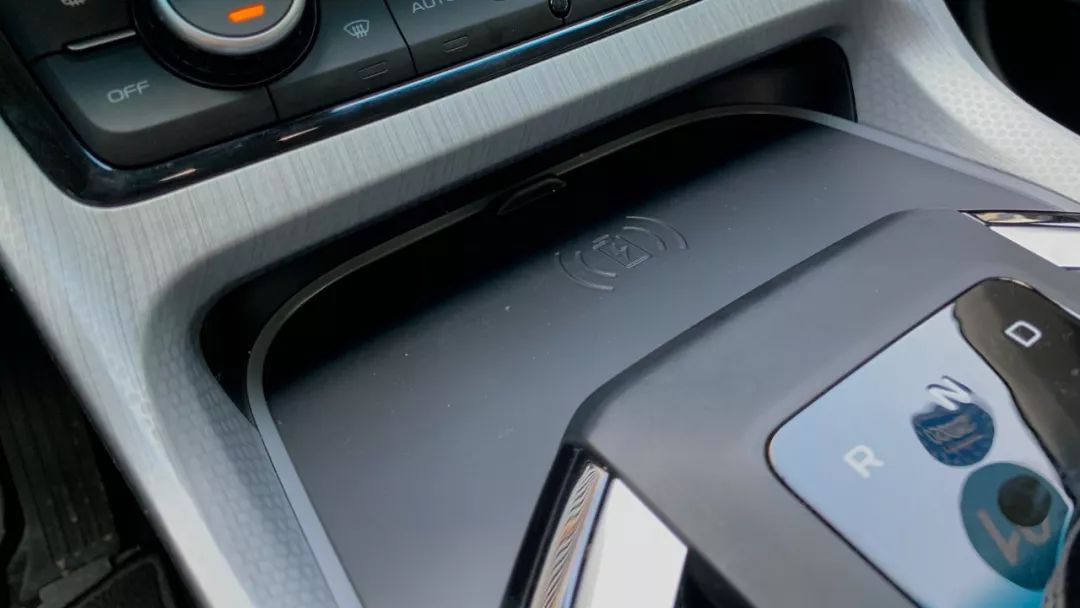
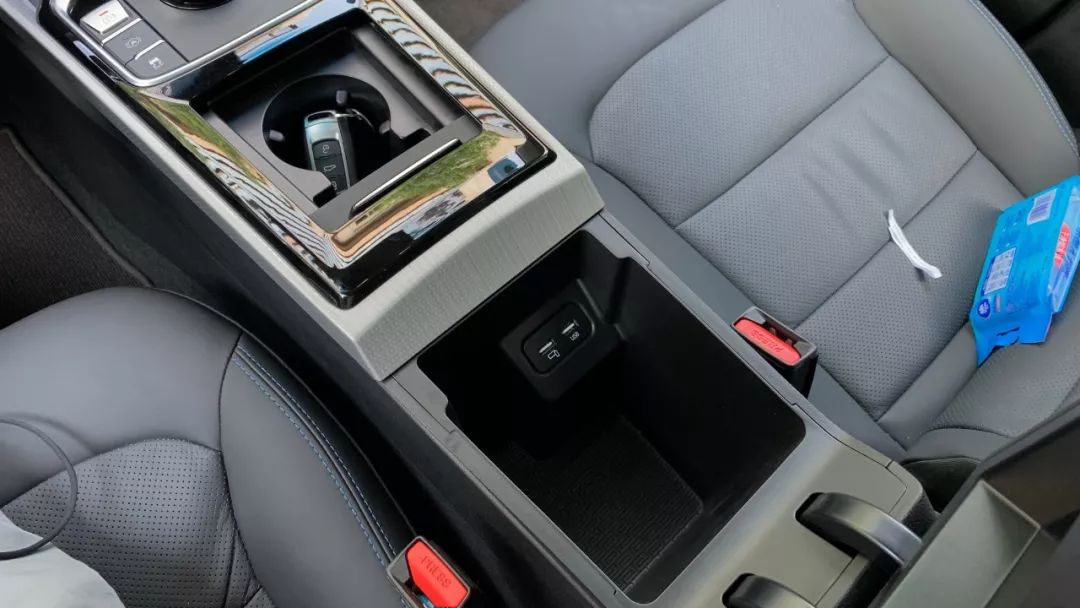
The trunk space is very regular. After the second-row seats are folded down, it can form a large flat storage space. However, the rear seat cushions need to be folded down before folding the seats.
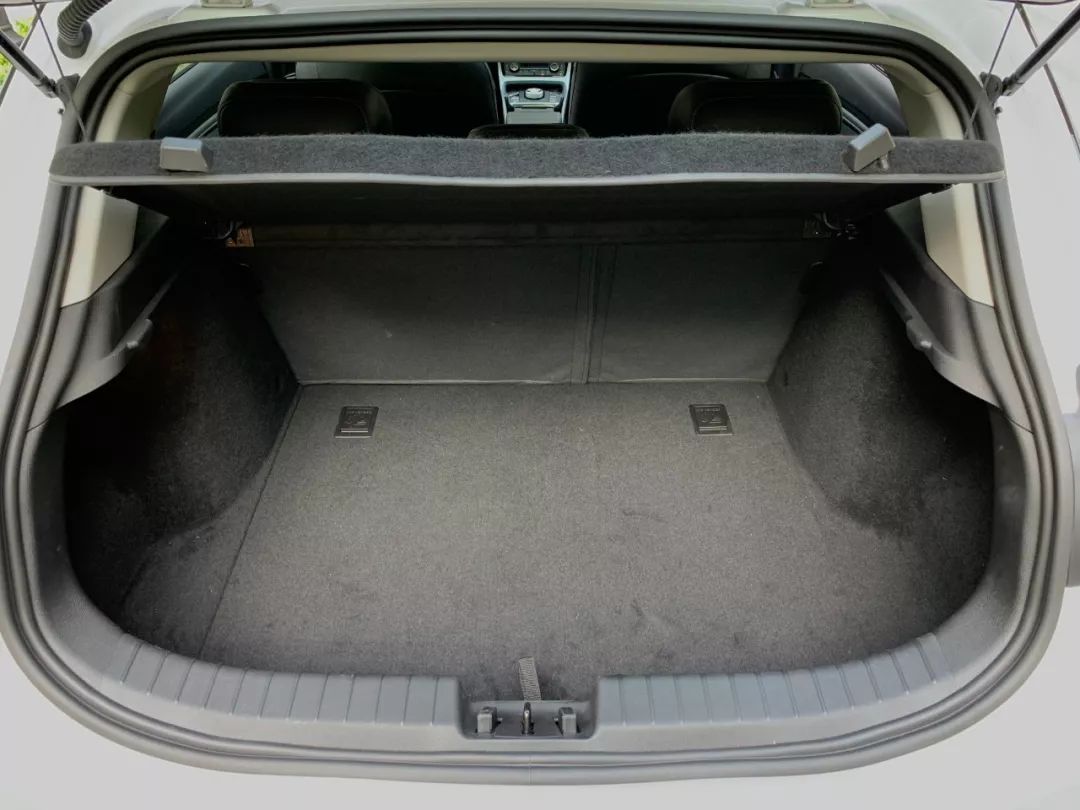
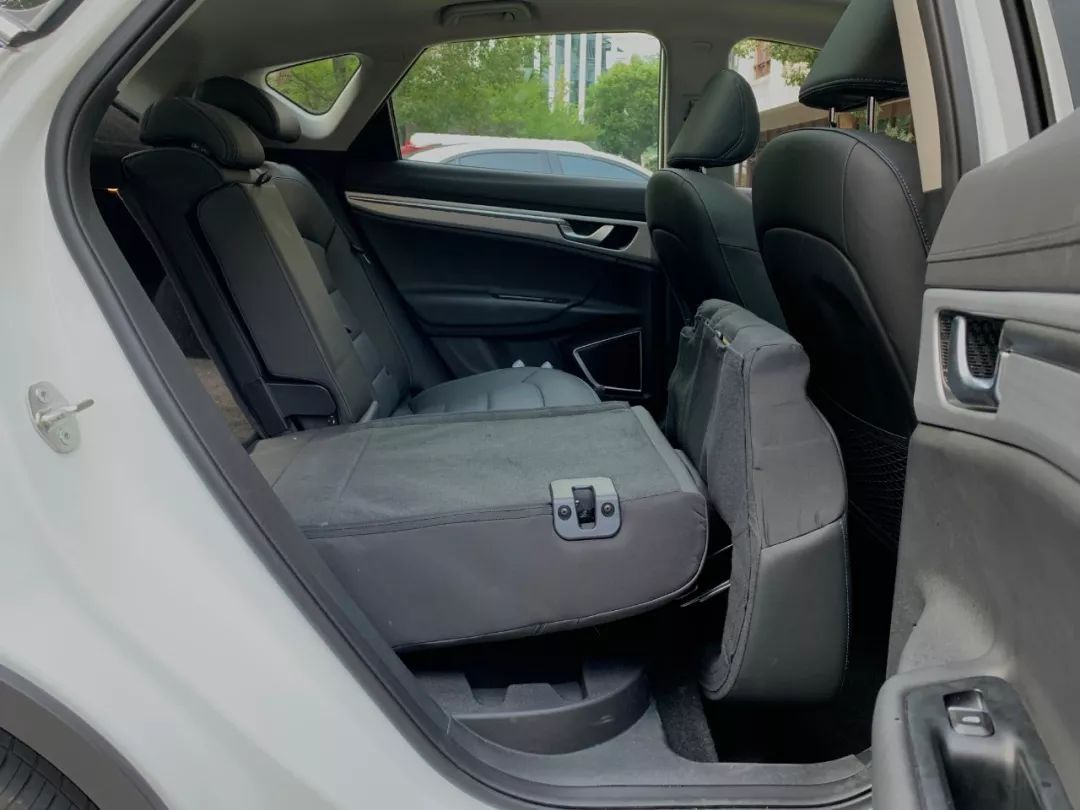
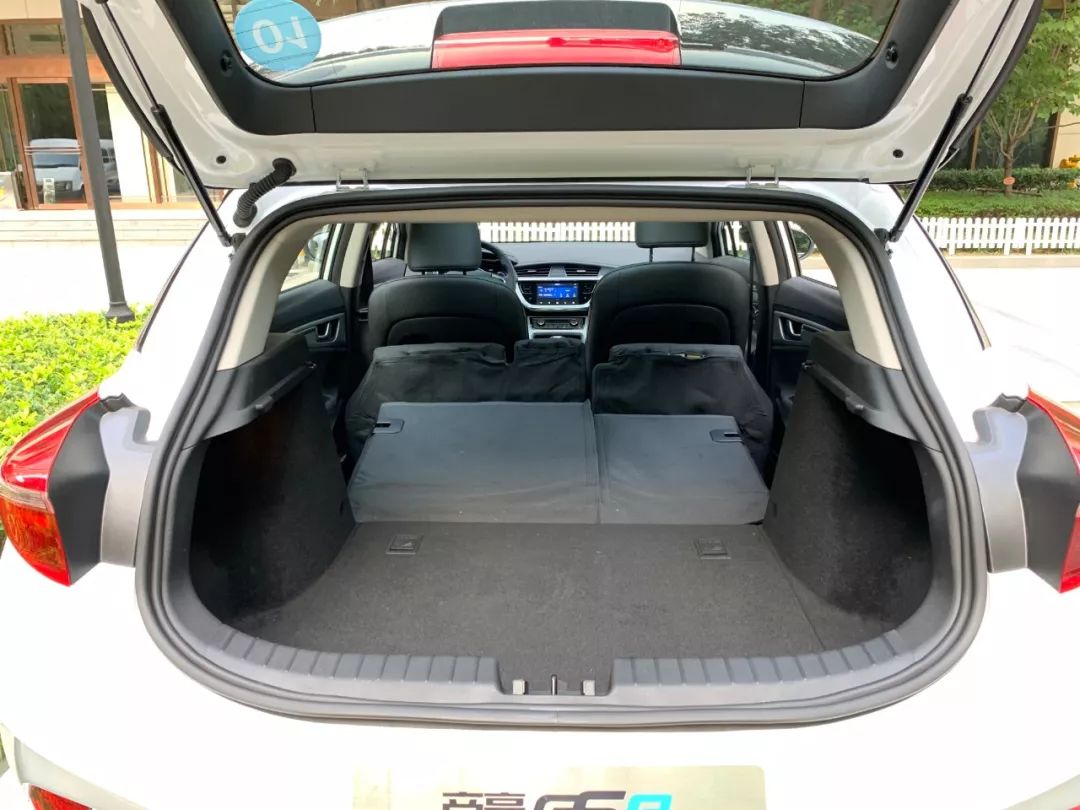
Finally, let’s talk about the configuration. The top-of-the-line GSe has very rich configurations, and these configurations are mostly very practical, such as seat heating, 360° panoramic view, and built-in driving recorder.
Here, let’s focus on the panoramic view and driving recorder. The image clarity of the GSe’s panoramic view is very good, and the image stitching and distortion control are well done and very practical.
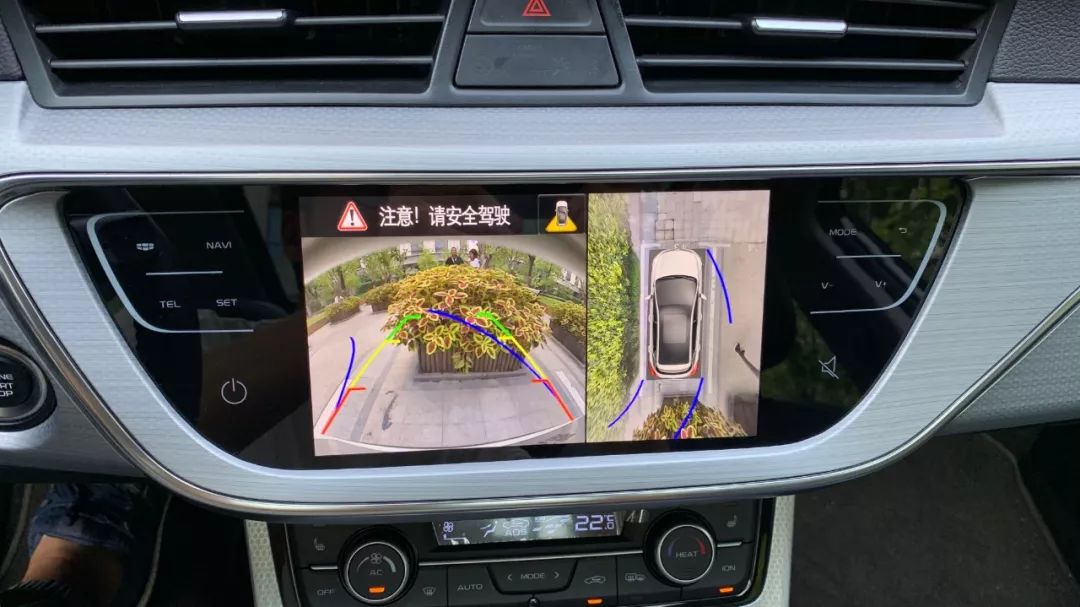
In addition, except for the low-end and second-lowest configuration models, the GSe comes standard with a built-in driving recorder. Considering the current road conditions in China, especially in third- and fourth-tier cities, the driving recorder is a must-have. Compared with later installation, the original one is more stable and saves the trouble of wiring.
The driving recorder of GSe has a super-clear resolution of 1920*1080 and a wide shooting range, and it also supports one-click photography. The button for photography looks like the one on a bus, which is very large.
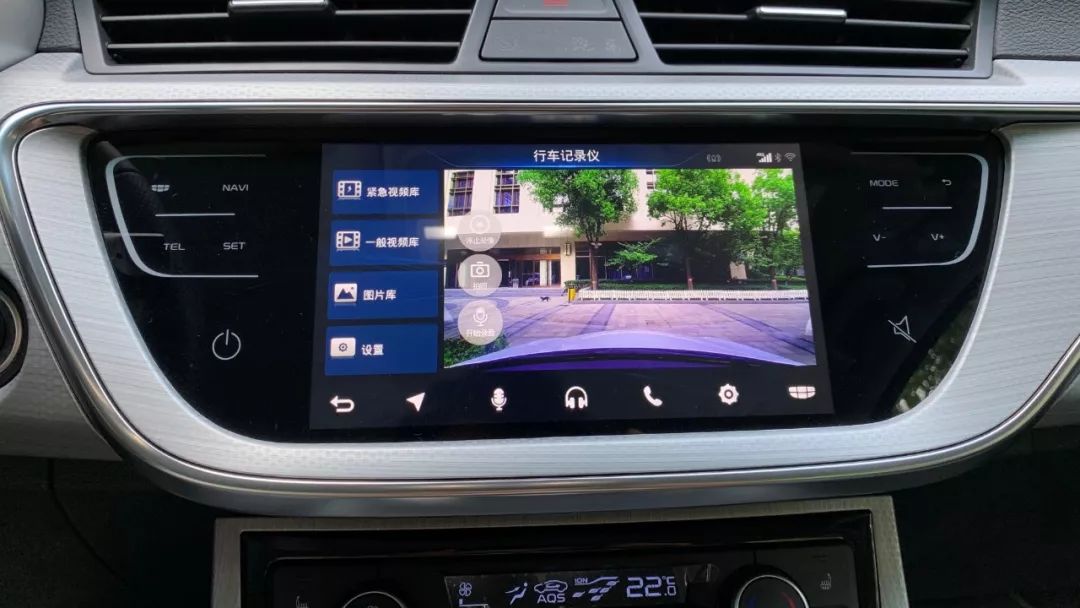
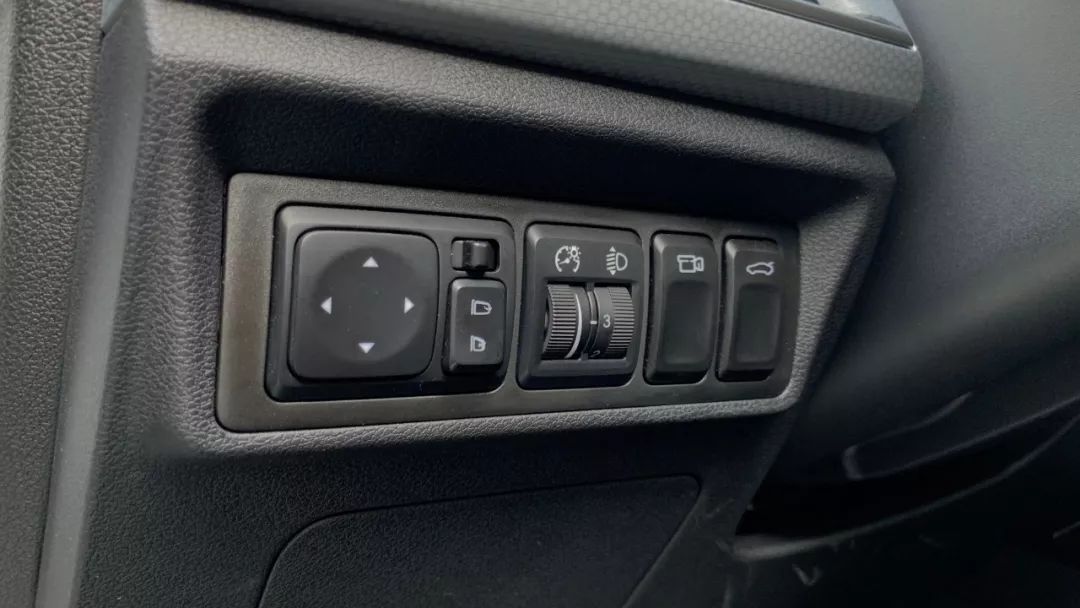
However, there are three aspects where the configuration is not up to par: firstly, even the top-equipped model with a price of RMB 160,000 has a manually adjustable seat for the co-pilot; secondly, there is no air outlet in the rear for air conditioner; thirdly, all models in the series do not have assisted driving functions. This can be understood, but it would be better if the high-end models can upgrade the cruise control to an ACC adaptive cruise control that covers the entire speed range.
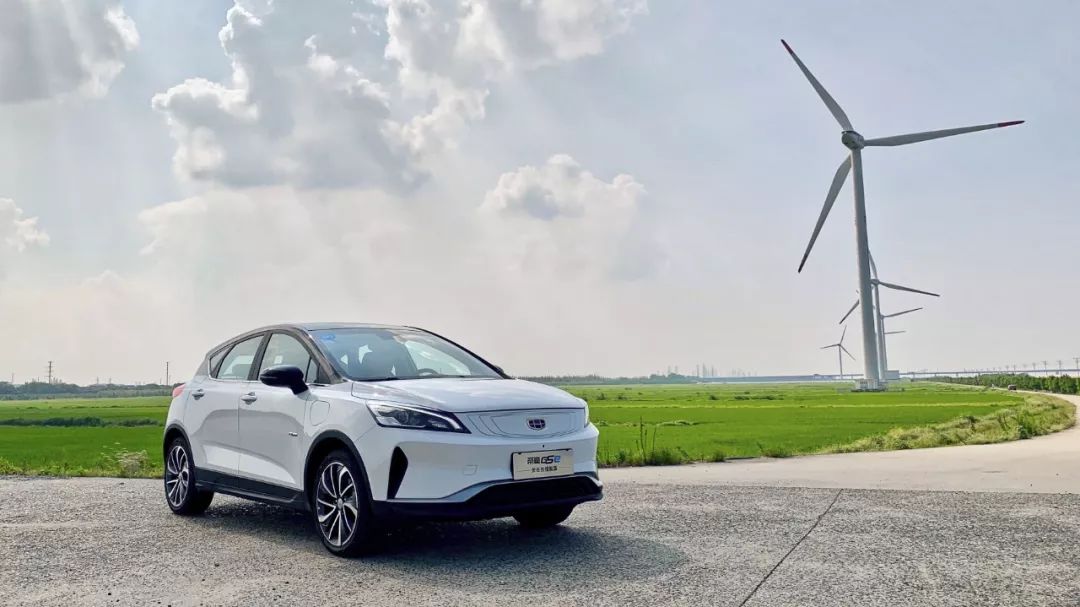
Overall, although the GSe does not have much achievement in the field of intelligence, it is enough for its target consumer group to have a range of 400-450 km, good space, suitable configuration, and no obvious shortcomings in driving.



-
The long-range version of Geely Emgrand GSe officially released, NEDC range of 450 km
-
GEELY GEOMETRY A: The first test in the Eastern Hemisphere | 42Test

This article is a translation by ChatGPT of a Chinese report from 42HOW. If you have any questions about it, please email bd@42how.com.
